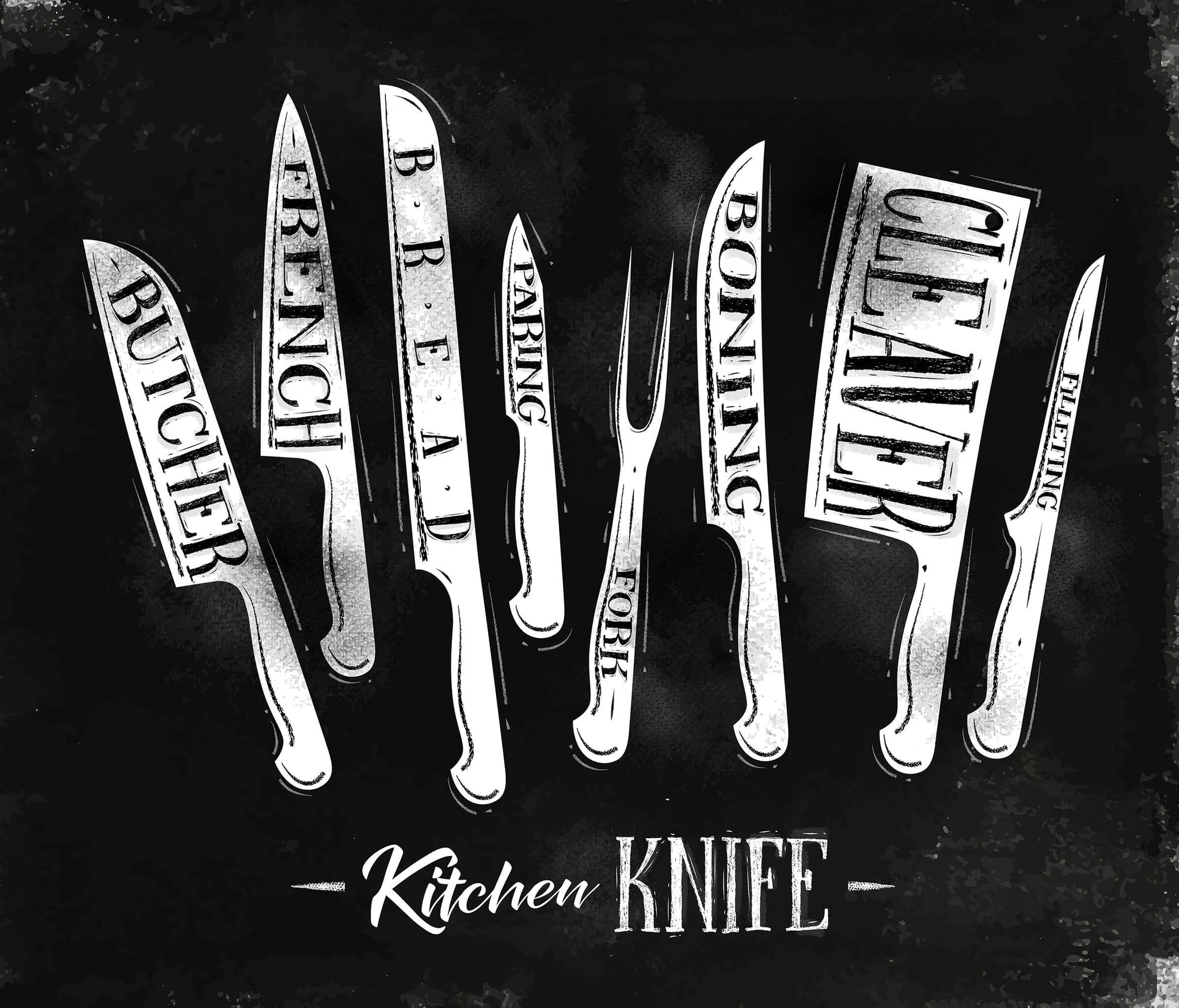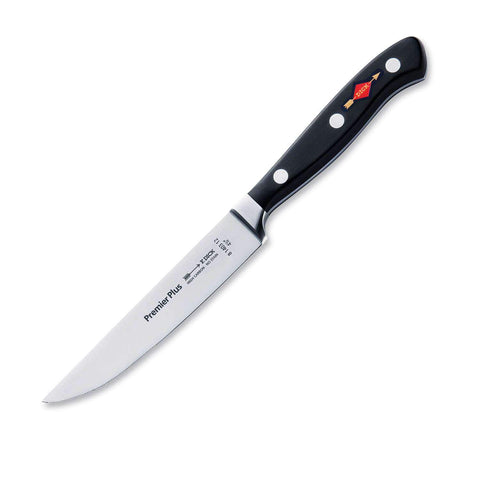Everything You Need to Know About The Butcher Knife
To prepare meat properly and maintain all its good qualities, you need a good butcher knife. As there are different cuts of meat, so are there different types of butcher knives. Here, we'll look at the most common types of butcher knives and what they're used for.

The Boning Knife
A boning knife is a butcher knife used to remove flesh from meat and fish bones. It can also be used to trim and slice meat and to remove the skin. Some boning knives like the Carl Schmidt Herne Stainless Steel Boning Knife 14 cm can also be used to cube, cut, and chop vegetables.
A boning knife can be straight, curved, stiff, or flexible. A curved and flexible boning knife allows it to bend around corners to remove every piece of meat and leave you with a clean bone.
The Traditional Butcher's Knife
This is a large knife with a wide, curved tip for butchering and cutting large cuts of meat. It can also be used to skin large animals. Some butcher's knives like the Wusthof Classic Series Steak Knife 12cm have the additional feature of a scalloped blade, which prevents the meat from sticking onto the blade when cutting.
Butcher's knives are heavy and strong. This allows you to use force without the fear of breaking or chipping the blade. The curved blade is useful in cutting through thick pieces of meat and around bones.
The Skinning Knife
A skinning knife is used for, well, skinning animals. It has a wide blade that curves upward to allow you to make a complete cutting motion. Animals need to be gutted as well as skinned, and the blunt tip of the skinning knife is ideal for this. It prevents you from accidentally puncturing the skin of the guts.
The Cimeter Knife
This is a large type of butcher knife with a long, curved blade. It's used to cut large pieces of meat into smaller ones like steaks for retail. It can also be used to trim large pieces of fat.
The Breaking Knife
As its name suggests, the breaking knife is mostly used to break down carcasses. It has a long, curved blade, which allows you to cut through cartilage, small bone, and tough skin.
The breaking knife is what you would use on a carcass first before switching to the butcher knife, so it's indispensable if you like to hunt and do your own cuts of meat.
The Meat Cleaver
With its large, broad blade, the meat cleaver is probably the most noticeable knife in a butcher's knife kit. Although it looks like a hatchet, with its wide blade and its flat tip, it is actually lighter and thinner than a butcher's knife. It is mostly used to cut through large pieces of meat, split up bones, and cut cartilage as well.
The meat cleaver has a tough edge to withstand repeated hacking without chipping or denting. This knife is only as good as your arm. They're not very sharp because they depend on the force of your blow.
Some cleavers are heavily weighted designed to add force to your blow, like the Furi Pro Heavy-Weight Cleaver 16.5cm. You wouldn't expect a knife this tough to perform delicate tasks, but the broad blade of a cleaver is also quite useful in crushing ingredients such as garlic.
The Steak Knife
When you've got a nice, juicy steak to eat, a simple dinner knife won't do. What you need is a steak knife. Steak knives come with a serrated edge like the F Dick Premier Plus Steak Knife Serrated Edge 12cm. They can also have a straight edge like the Wusthof Classic Series Steak Knife 12cm.
Steak is best enjoyed with all its juices, so a steak knife has to be very sharp so as to cut easily into the meat without squeezing out all the juices.
Care for Butcher Knives
-
Using a dull knife to cut meat is dangerous because you have to apply extra force when cutting. It's also frustrating and can lead to unnecessary fatigue. Butcher knives need to be honed regularly to avoid fatigue and also tearing the meat fibers instead of cutting through them.
-
Some butcher knives can be dish-washed, but it's always better to hand-wash Dishwashing could corrode the steel. Remember that stainless steel doesn't necessarily mean that the metal is 100% resistant to corrosion. Careless handling can corrode even the best of blades.
-
A butcher knife should be washed using a soft sponge to avoid scratching the steel and opening it up to corrosion.
-
Avoid soaking knives in the sink. This is not only dangerous for you, but it could also corrode the steel.
-
Always hold the butcher knife by the handle with the blade facing downwards when carrying it from one place to another.
-
Avoid storing your knives in a common drawer with other kitchen utensils. Doing this exposes the blade to constant friction with other stuff, which eventually dulls the blade. Use knife storage equipment like knife blocks, knife bags, or magnetic strips to safely store your knives.

What to Consider When Buying a Butcher Knife
The Size
The size of a butcher knife will determine how it can be used. A small butcher knife is ideal for small pieces of meat while a large one works better on larger and thicker chunks.
The Handle
A butcher knife requires a firm grip to cut through tough cuts of meat. Check how comfortably a handle fits into your hand before buying the knife. You'll be spending a lot of time with the knife, so it had better be comfortable to hold.
Final Words
What makes a meaty meal good is not just how it's cooked but bow it was prepared. Whether you're skinning an animal you've just hunted down, or settling down to eat a piece of steak, you have to use the right type of butcher knife to guarantee the perfect taste.
Check out our collection of butcher knives here!

Also Read: Tojiro Santoku Knife: Why You Should Consider and How to Pick One?
Explore More Products: Messermeister Cheflamme Culinary Torch | Messermeister Custom Chef's Knife 20.3cm (8 Inch) | Messermeister Custom Kullenschliff Santoku Knife 17.8cm (7 Inch) | Messermeister Custom Utility Knife 15.2cm (6 Inch)









